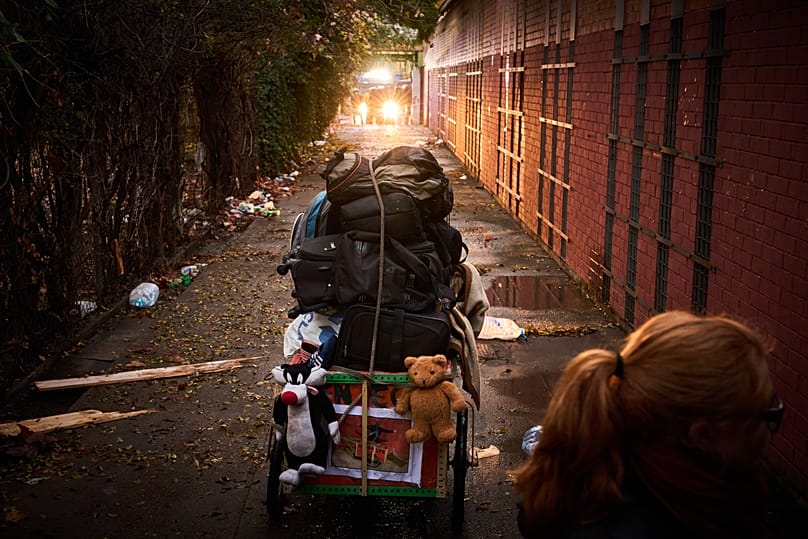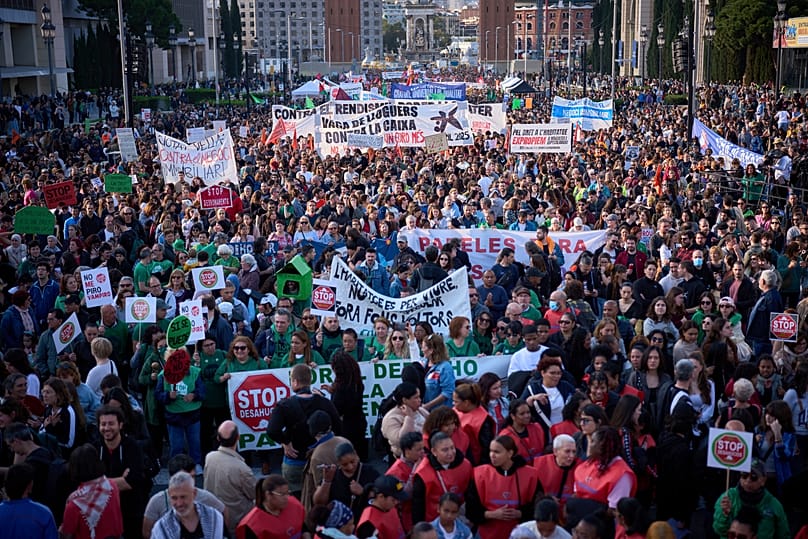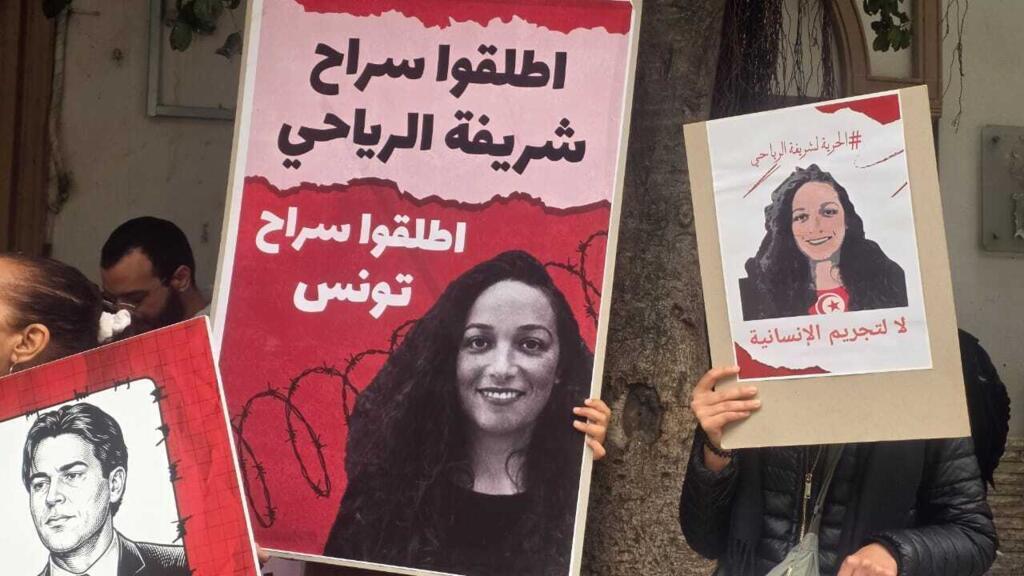The general strike demonstrates that struggle can open up paths for the left
Thursday 18 December 2025, by Jorge Costa
Held on 29 and 30 November, the 14th Convention of the Left Bloc took place at a critical moment: a few days before the general strike on 11 December against the new labour law; after parliamentary and municipal elections with mediocre results for the left-wing parties; and less than two months before presidential elections that reflect the current hegemony of the right.
The general strike, the first since the days of the Troika, was called by the two main trade union confederations, CGTP and UGT, which has only happened in half of the ten general strikes held since the end of the dictatorship. Despite the current isolation of the left, the mere affirmation of the trade union movement’s initiative made it possible to change the terms of the public debate. It highlighted the process of social regression led by the right and camouflaged by the deafening noise of the campaigns of hatred and lies that monopolise the public space.
The brutality of the labour package reveals a minority and unstable government, which aims to do as much damage as possible as quickly as possible, while it still has the opportunity to permanently undermine the position of labour in the balance of social forces. In this context, the general strike was a success in terms of participation, not only in the state sector: minimum services in air transport, strikes at Volkswagen, Mitsubishi Fuso and also in the commerce and industry sectors. According to the CGTP, more than three million workers joined the struggle. Despite the almost total absence of transport, the demonstration in Lisbon brought together many thousands of people, mostly young and non-unionised workers, who made their presence felt.
The general strike is a political success: its call, after 12 years and in a unified manner, has created mass awareness of the seriousness of the offensive and has made it difficult to form a PSD-Chega parliamentary majority to pass the legislative package. Only employers are enthusiastic about the new laws; in surveys, two-thirds of respondents say they agree with the reasons for the strike; none of the right-wing presidential candidates dares to openly support the counter-reform; trade unionists affiliated with the ruling party participated in the general strike and, on the same day, the government’s attempt to describe the strike as insignificant was met with ridicule. The leader of the neo-fascists, who for weeks attacked the unions and defended the new laws, now claims to understand the strikers’ reasons and talks of withdrawing some of the absurd elements of the government’s proposal. We will see what political price André Ventura is willing to pay to please the bourgeoisie with his parliamentary vote.
The annus horribilis of 2025
With the left at its worst result in history and the PS overtaken by the neo-fascists, immediately after the parliamentary elections last May (read the assessment here), the new socialist leadership made it clear that it is willing to guarantee the approval of the Montenegrin government’s state budget. This, at the same time as the right-wing counter-reforms are being approved by agreement with Chega. We will return to the current political situation later.
In the October municipal elections, the shift to the right became more pronounced, with the right wing conquering the largest cities. The PCP, with a strong municipal tradition, lost a third of its elected representatives and the two district capitals it still governed. The Bloco and Livre, allied in some twenty major cities, obtained weak results, even worse when they ran separately.
As for the presidential elections, the polls give an advantage to two right-wing candidates (Marques Mendes and Gouveia e Melo) and the leader of the far right (André Ventura), all of them around 20%. The candidate supported by the PS – a figure on the far right of the party – appears to be out of the running for the second round and on a par with the ultra-liberal candidate (10%). The candidacy of the former coordinator of the Bloco, Catarina Martins, is around 5%, followed by those of the PCP and Livre. Thus, the Portuguese right could consolidate its hegemony in 2026, controlling the government, the presidency and, for the first time in history, a parliamentary majority of more than two-thirds, capable of passing constitutional reforms without the Socialist Party or any other left-wing party.
A party rethinking itself in new circumstances
Despite lower militant participation reflecting this cycle of setbacks, the Bloco Convention was a moment of respite and of encounter between the Bloco and its plurality. Four political motions were voted on at the 14th Congress, and motions A (65 elected), S (8), H (4) and B (3) will be represented on the elected National Bureau. For motion A, the Bloc ‘must be a driving force for convergence, while reclaiming the political space that only it occupies and from which it can grow: loyalty to the exploited classes and a strategy to expand its movements; a commitment to pluralism and convergence as the foundation for building the socialist party; internationalism against all empires and oligarchs’. José Manuel Pureza, 66, a university professor and former MP, succeeds Mariana Mortágua, who decided not to stand again as national coordinator. In recent years, Pureza has been the visible face of the fight for the right to assisted death and has participated in initiatives for dialogue between Marxists and Christians.
In addition to the political diagnosis, the Convention carried out a broad renewal and rejuvenation of the leadership bodies – the National Bureau and the Political Commission – whose composition includes 50% new members. The Convention debate was also marked by issues of party organisation and the need to intensify regularity, autonomy and participation in the democratic life of the Bloc. What decides political life is the creation of grassroots organisations and militant working groups, communities of reflection and action.
Five issues on the situation in Portugal
1. The PSD government and the PSD/Iniciativa Liberal/Chega parliamentary majority are carrying out a social assault on labour, immigration and housing. And Prime Minister Luís Montenegro has achieved the feat of getting the PS to normalise the process, turning the state budget into a product of the central bloc. The case is strange: Montenegro thus articulates a parliamentary base of 95% of MPs. We are witnessing the decomposition of traditional politics, which would not be bad news if this decomposition were not led by the oligarchy: the centre is being dragged to the right and both are following in the wake of Chega.
2. The weakness of the left is the result of the geringonça, the agreements between the PS, the Bloco and the PCP signed in 2015 and which remained in force until 2019. What remained engraved in the popular consciousness from that period was not the real progress achieved, nor the Bloco’s reasons after 2019, the vote against the PS’s budgets, nor the crisis orchestrated between Costa and Marcelo to fabricate an absolute majority. What remained engraved was the PS government from 2019 onwards, a post-Covid period led by mediocre rulers, who left the state coffers lacking money for healthcare, housing policy and working conditions.
The image of the left, even after the geringonça, remained stuck with the bad government of 2019-2022 and the absolute majority. We did not have the strength to avoid this. And that would not have changed, nor will it change, with words alone. It will change when we manage to interpret the revolt, take the initiative and play a new leading role in the struggle. Without that, nothing will be easy in the future for any left-wing party.
3. The difficulties faced by the parties do not mean that it is impossible to mount struggles. The Italian left has been in tatters for two decades, but it organised a general strike involving millions of people in support of Palestine. Here we are on the eve of another general strike, a critical moment to change the political atmosphere. And even in a year as bad as 2025, there have been very important signs: the largest demonstration of immigrant workers in the last decade, the emergence of black youth from the suburbs of Lisbon, the expansion of solidarity with Palestine in the days of the flotilla. In these struggles, the left grows stronger and breaks its isolation, contesting the issues of public debate through concrete mobilisation. This is also where the Bloc breathes.
4. It is not the difficulties of the parties that dictate the need for convergence. What imposes convergence today is the need to face the quagmire: we have a government allied with the neo-fascists and supported by the PS. In the struggles for public services and housing, for work and against the fascistisation of social life, it is necessary to identify the lines of confrontation. Let us then think about the politics of movements, encourage the presence of activists, and open all channels of dialogue.
5. Let us do the calculations that everyone has already learned to do: in separate electoral vehicles, the left offers councillors and deputies to Chega and contributes to the swamp overflowing and elevating the neo-fascists to the leading political force, as is already happening in several European countries. The Bloc has its social space, which comes from the difference in its politics and programme, its worldview and its party culture. All of this, as we well know, radically distinguishes us from parties such as Livre or the PCP. These differences are as important as the real need to converge in the struggles and offer the people an electoral alternative based on what the left has in common. A pole that prevents democracy from being reduced to power games between Luís Montenegro and his two partners, Chega and the PS.
12 December 2025
Translated by International Viewpoint from Vientosur.
Attached documentsthe-general-strike-demonstrates-that-struggle-can-open-up_a9316.pdf (PDF - 915.4 KiB)
Extraction PDF [->article9316]
Jorge Costa is a member of the full-time leadership of the Bloco de Esquerda and of the Executive Bureau of the Fourth International. He is co-author of The Owners of Portugal - One hundred years of economic power (1910-2010) and The Bourgeoisie – who they are, how they live and how they rule (2014) with Francisco Louçã and João Teixeira Lopes.







